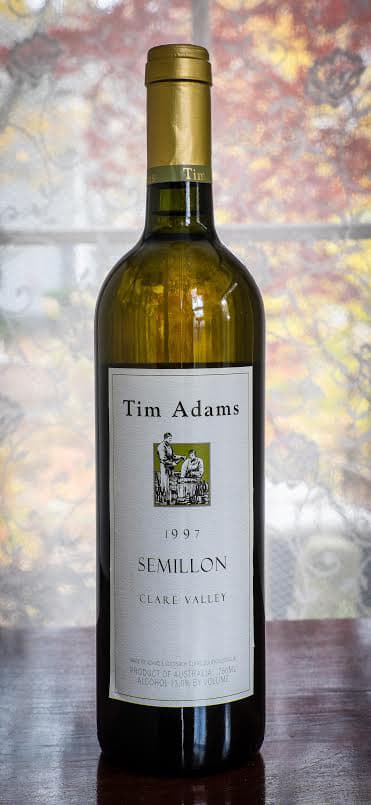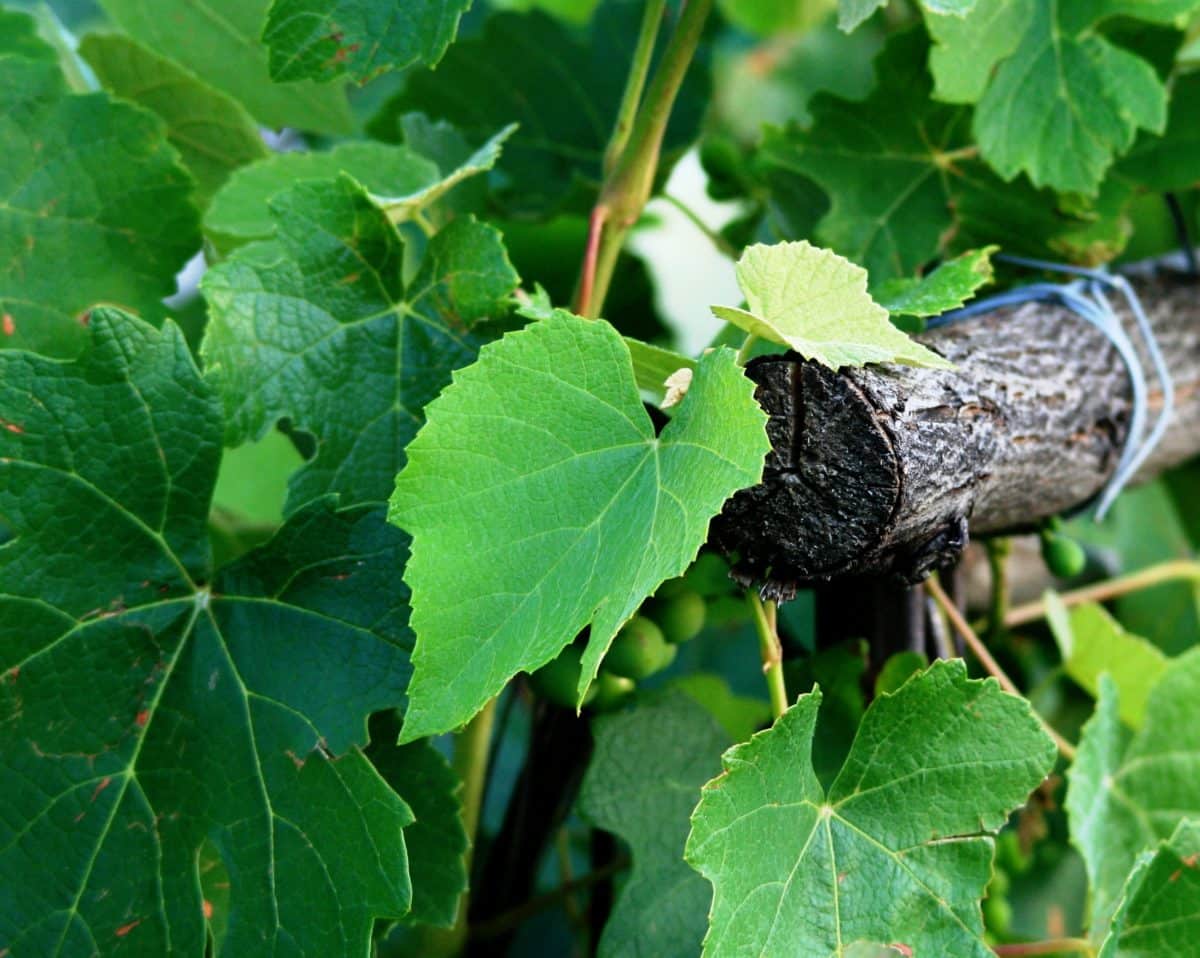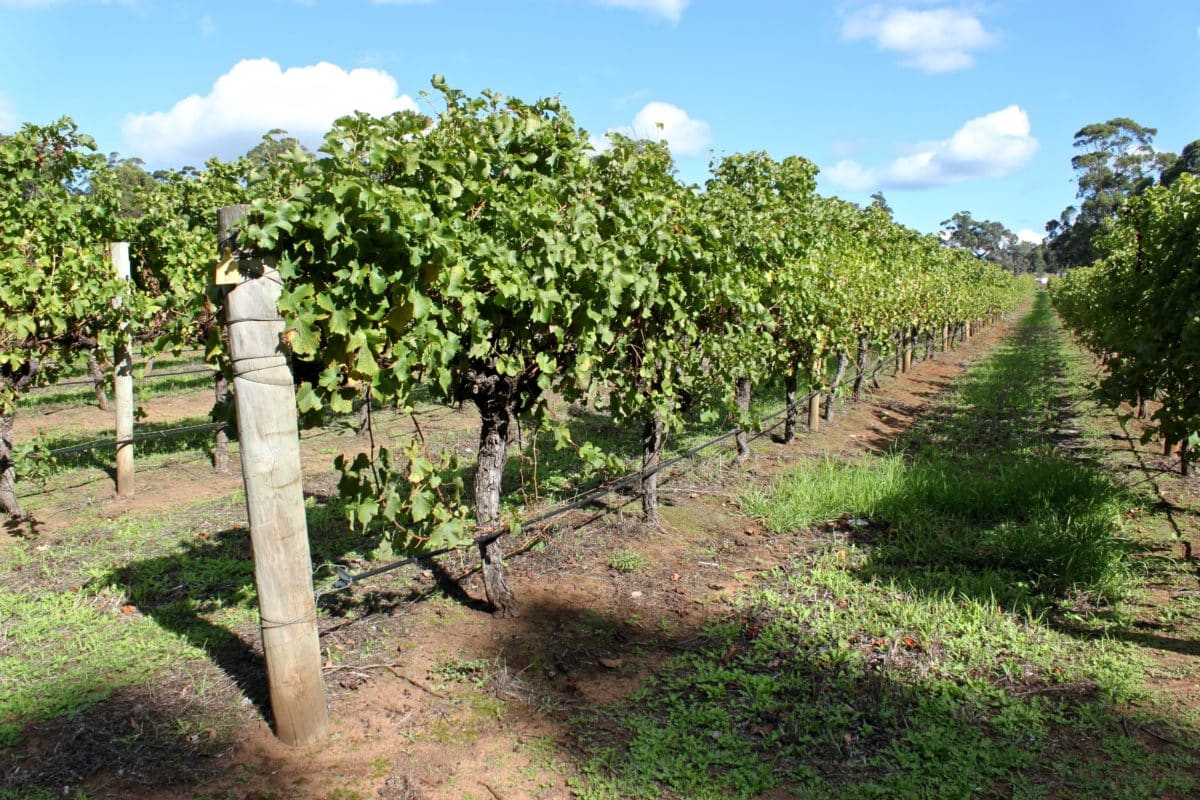In her seminal Vines, Grapes and Wines (1986), Jancis Robinson begins her chapter on Semillon with these words: “Semillon is a very odd grape indeed.”
She then provides a simile that now, some thirty years later, she perhaps would not: Semillon is usually “like an overweight schoolgirl, showing fatness or just plain dullness in the wines it produces.” But occasionally, “it can be transformed into a raving beauty. Great white Bordeaux and mature Hunter Valley Semillon prove that the grape can provide some of the world’s finest wines.”
Some 200 years ago, Semillon was perhaps the most widely planted white-wine varietal in the entire world. Today plantings are minimal, in the few wine regions

where it is grown.
I’m a sucker for Semillon. I look for it often but don’t often find it. If it’s listed as a grape in a blend — and it is most often blended — I buy the blend (if it’s French, that is).
The first Semillon I ever tasted was in a blend. It was (get ready for this) a Domaine de Chevalier (Graves), which was pressed upon me by the wine merchant maybe because it was from a truly awful Bordeaux vintage (1968 — “drink at your peril” — The Wine Cellar Insider) he was trying to get rid of; or perhaps that wine seller knew something I didn’t — that this wine, even in that vintage, was one of the greatest wines in the world. I paid no more than $6 a bottle. I ended up buying two cases. I have none left, which leaves me bereft.
More recent vintages of Domaine de Chevalier blanc sell for over $100, which makes it — get ready for this too — one of the great fine-wine bargains in the world.

White Bordeaux wines are almost always a blend of Sauvignon Blanc and Semillon; the dry ones with more of the former, the sweet (Sauternes, Barsac) with more of the latter. It is startling what the addition of Semillon can do to Sauvignon Blanc. As Frank Prial wrote in The New York Times in 1989 in a column called “Graves Matters” (bad pun), “Semillon seems to dilute the fresh grassy quality” of Sauvignon Blanc. (Meaning that that’s a good thing.)
However, the odd bottle under consideration here is not a blend. It is 100 percent Semillon. And it comes from where the greatest pure Semillon wines are made: Australia.

Karen MacNeil, in the new, wonderful 2nd edition of her Wine Bible, calls Semillon “the most novel white grape in Australia… one of Australia’s great treasures.” In writing about a Tyrrell Hunter Valley* 100 percent Semillon, she says, “With time, the wine undergoes a magical transformation for which it is famous. The edginess melts away to reveal a great white wine of beauty and strength…”
The same, and more, may be said of this Clare Valley Semillon from Tim Adams. I bought six bottles of this wine (along with six of the 2001 Tim Adams Grenache blend called The Fergus) when they were on clearance. I don’t remember what little I paid for them, but it was certainly not enough. I’ve been feeling pleasurably guilty ever since.
I’ve drunk a bottle of the Semillon every few years. Each bottle was better than the previous, which led me to wonder just how good it might get. I had two remaining when I opened this one. Having finished it over a week’s time (and it held up for the entire week), all I can say is, thank goodness I have yet another to try in the years to come.
This wine, at nearly twenty years of age, had lost its initial, classic, citric/lemony character (in both aroma and taste) and had passed into a honeyed and equally classic brioche-y binge of mouth-coating bliss.
It was paired at dinner with a steamed lobster. I had done this because we traditionally drink Sauternes or Barsac with our lobster and indeed, on this occasion, also tried a 1988 Doisy Daëne, which is predominantly Semillon. The Tim Adams Semillon was equal to the French Barsac; not as sweet, obviously, but bigger and richer and at least as much a compliment (yes, that spelling) to the sea beast it joined in celebration of the gifts from our Earth. ![]()
*Hunter Valley, in New South Wales, is more famous for its Semillons than is Clare Valley, about 900 miles to the west, which is renowned for its Rieslings. Tim Adams, however, continues in Clare Valley to make one of the world’s best (and most affordable) Semillons. You may read here what reviewers have to say.
First published August 2016
